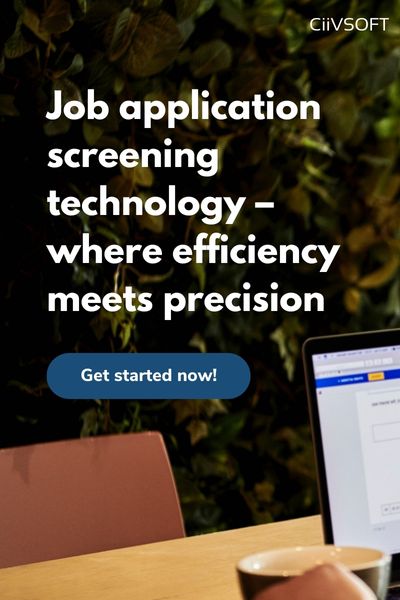Recruitment automation refers to the use of technology to streamline and optimize the hiring process. This involves using software, platforms, and tools to automate various aspects of the recruitment process, from sourcing and screening candidates to conducting reference checks and scheduling interviews. The goal of recruitment automation is to make the hiring process more efficient, effective, and consistent.
In today’s fast-paced business environment, recruitment automation has become an essential tool for HR professionals. With the rise of technology, HR professionals now have access to a range of innovative tools and platforms that can help them identify and hire top talent more efficiently. By automating manual and repetitive tasks, recruitment automation can save HR professionals time and effort, and help them focus on more strategic and value-adding activities.
Moreover, recruitment automation can also help improve the overall candidate experience. By providing real-time updates and information, and ensuring that every candidate is treated fairly and consistently, recruitment automation can help create a more positive and engaging candidate experience. This can improve the organization’s reputation and help attract top talent to your company.
In this blog, we’ll explore some of the most impactful examples of automation in recruitment and how they can help HR professionals make better hiring decisions and improve the overall recruitment process. So, whether you’re a seasoned HR professional or just starting out in the field, this blog will provide valuable insights and information about the role of technology in the recruitment process.

1. Automation-powered sourcing tools
AI-powered sourcing tools use advanced algorithms and machine learning to identify passive job candidates based on their skills, experience, and other relevant criteria. These tools can search and analyze vast amounts of data from various sources, including social media, professional networks, and job boards, to identify candidates who match the requirements for a given job opening.
Once a pool of potential candidates has been identified, AI-powered sourcing tools can then reach out to these candidates and provide them with information about job openings that match their skills and interests. This can include personalized emails, texts, or even video messages that highlight the key benefits of the job and encourage the candidate to apply.
By automating the sourcing process, AI-powered sourcing tools can save HR professionals time and effort, and help them identify top talent more efficiently. Additionally, these tools can also help HR professionals reach a wider pool of candidates and reduce their reliance on traditional sourcing methods, such as job boards and employee referrals.
2. Automated reference checking
Automated reference checking is the use of technology to gather and verify references for job applicants. This can be done through email, text messaging, or an online platform that facilitates the reference-checking process.
With automated reference checking, HR professionals can send a standardized reference request to the candidate’s listed references and receive real-time feedback on the candidate’s work history and qualifications. This can include information about the candidate’s job performance, work ethic, and other relevant skills and qualities.
By automating the reference checking process, HR professionals can save time and ensure that reference checks are conducted in a consistent and thorough manner. Additionally, automated reference checking can also help HR professionals identify any potential red flags or concerns about a candidate’s work history and qualifications, helping them make better hiring decisions.
3. Pre-employment assessments
Pre-employment assessments are online tests or surveys that assess a candidate’s skills, personality, and other attributes that are relevant to the job. These assessments can range from cognitive ability tests to personality assessments and situational judgment tests.
Pre-employment assessments can provide HR professionals with valuable insights into a candidate’s potential and help them identify the best-fit candidates for a given job opening. By using data-driven insights, HR professionals can make more informed hiring decisions based on a candidate’s skills, abilities, and potential.
In addition to helping HR professionals make better hiring decisions, pre-employment assessments can also improve the overall candidate experience. By providing candidates with a fair and objective assessment of their skills and abilities, pre-employment assessments can help create a more positive and engaging candidate experience. This can improve the organization’s reputation and help attract top talent to your company.
So should you incorporate these examples of automation in your recruitment process?
In conclusion, these are just a few examples of automation in recruitment that are transforming the HR world. By streamlining and optimizing various aspects of the recruitment process, these tools and technologies can help HR professionals identify and hire top talent more efficiently. Additionally, they can improve the overall candidate experience by providing real-time updates and information, and ensuring that every candidate is treated fairly and consistently. If you’re looking to improve your recruitment process, consider incorporating some of these tools and technologies into your HR strategy.








